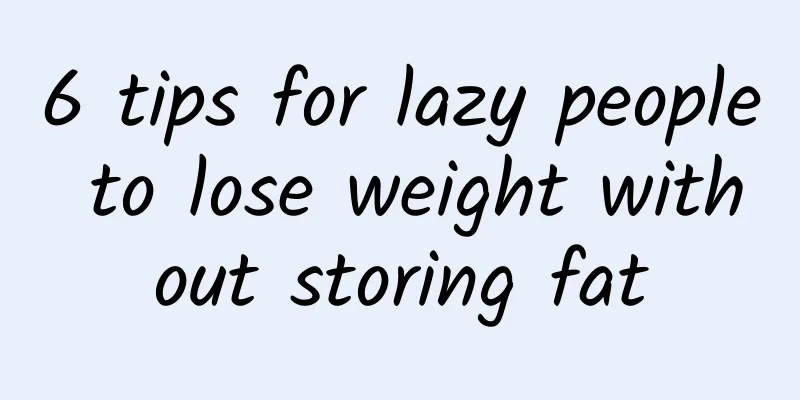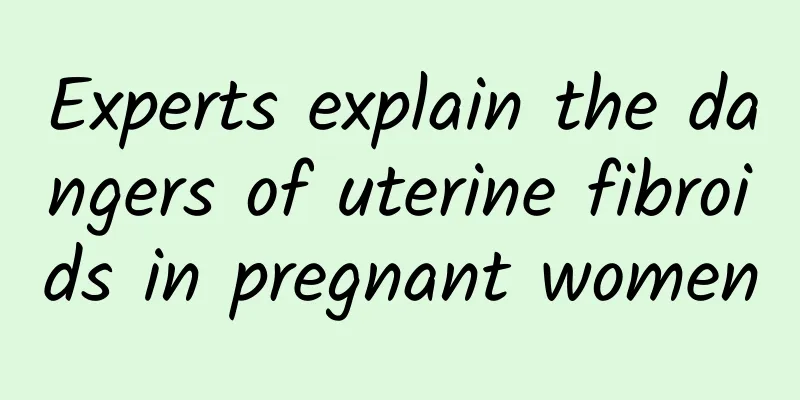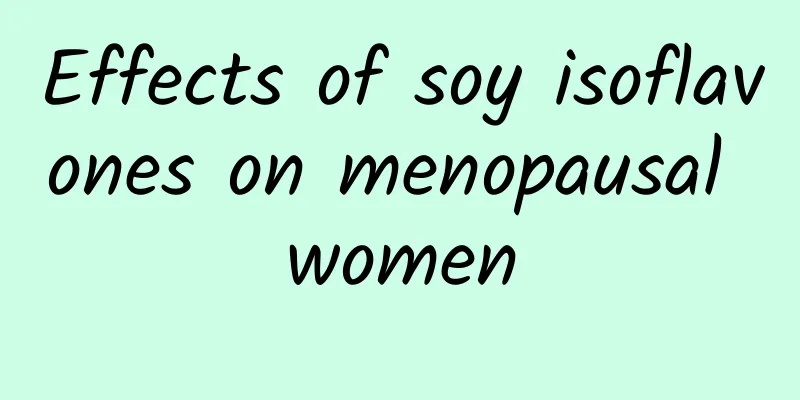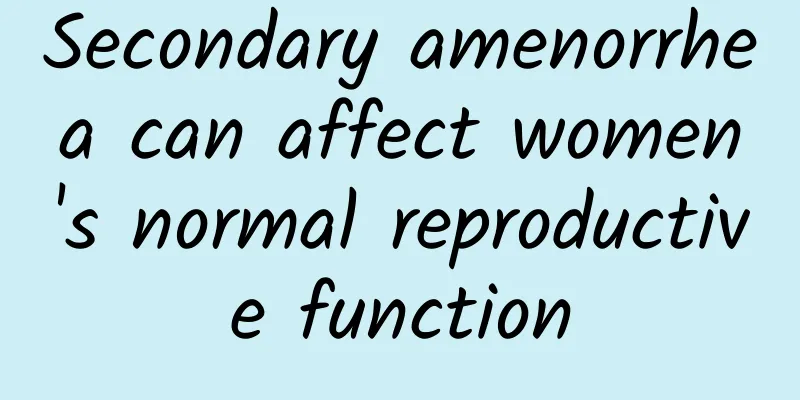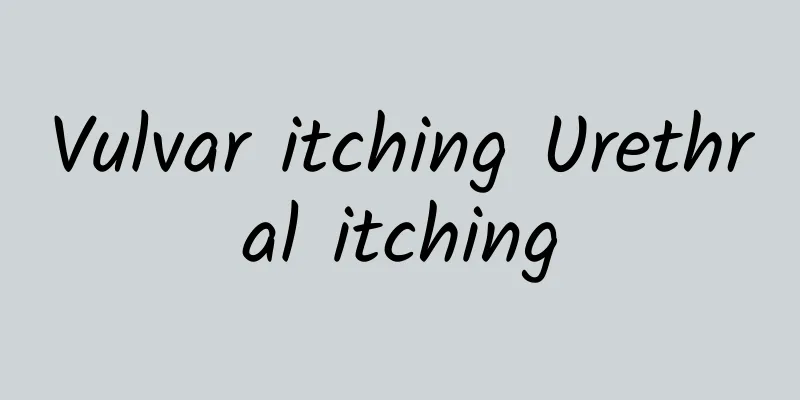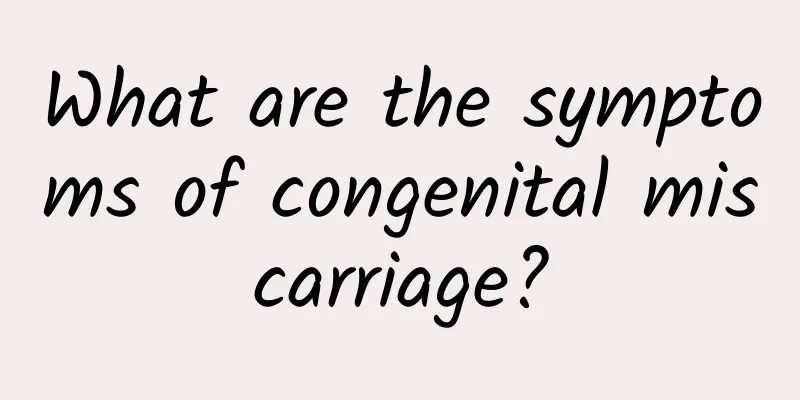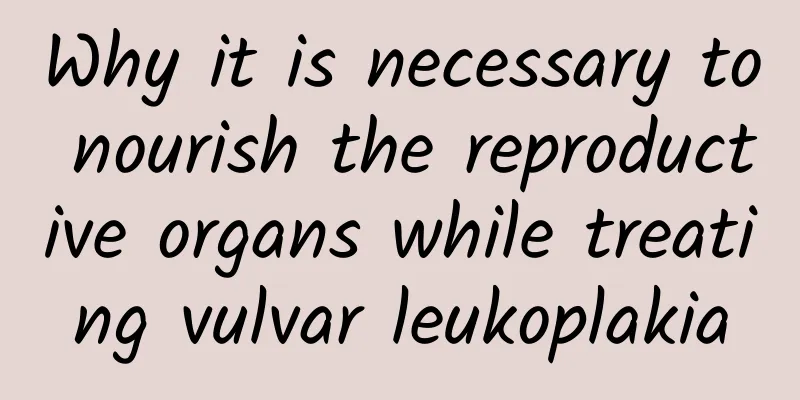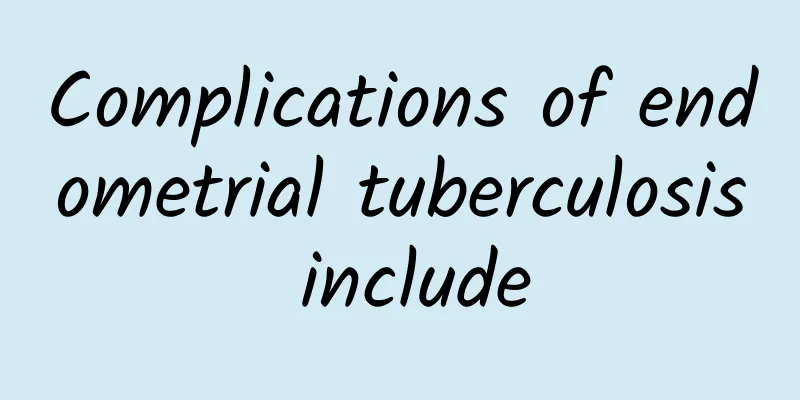Eating too much sodium can cause your blood pressure to soar, and here are five major dangers! Nutritionist: Vegetables and whole grains also contain high sodium content
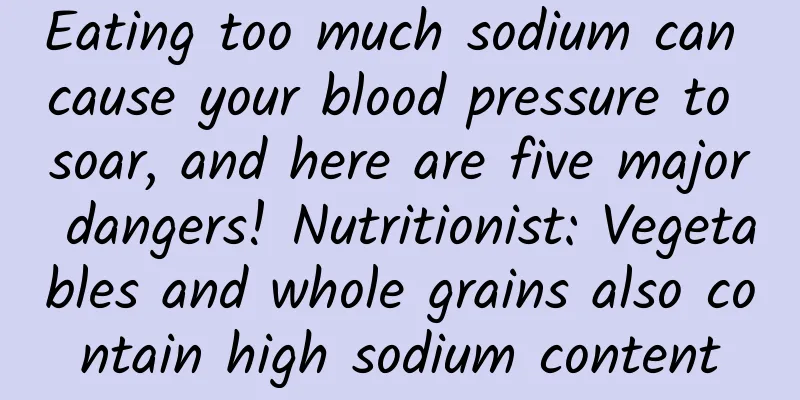
|
Excessive sodium intake in the diet is not only one of the main culprits of high blood pressure, kidney disease, and cardiovascular disease, but even the inability to lose weight may be due to eating too much salt. How do you know if you are eating too much salt? Nutritionists say that eating too much salt will have three major reactions in the body, including increased appetite and obesity. To eat healthily, you should avoid high-sodium foods in your daily diet. In particular, most people mistakenly think that eating vegetables will be fine. In fact, if you eat the wrong foods, they may also contain high-sodium landmines! Sodium is an indispensable element for the human body. It can maintain electrolyte balance, nerve conduction, and normal muscle contraction and relaxation. However, excessive sodium intake can still be harmful to your health. According to the recommendations of the Ministry of Health and Welfare, the total daily sodium intake of adults should not exceed 2400 mg (i.e. 6 grams of table salt), and every gram of salt contains 400 mg of sodium. Nutritionist Gao Minmin said that excessive sodium intake may lead to the following five health hazards: 5 health hazards of excessive sodium intake: 1. Hypertension: When there is too much salt in the human blood, it will cause a significant increase in water in the blood vessels, causing the pressure on the blood vessel walls to rise, easily leading to high blood pressure. 2. Edema: The reason why eating too much salt causes edema may be excessive sodium intake, which leads to abnormal osmotic pressure balance of cells, thereby causing water to be retained in the body and forming edema. 3. Obesity: Salty foods usually contain a lot of fat and calories, which can stimulate your appetite and make you fatter the more you eat. In addition, excessive sodium intake can cause the body to produce leptin resistance, weakening the brain's response to leptin and causing people to still feel hungry after eating. 4. Kidney disease: The excretion of salt is mainly the work of the kidneys, and long-term excessive salt intake will cause excessive burden on the kidneys, causing kidney function to gradually decline and lead to kidney disease. 5. Cardiovascular Diseases: Eating too much salty food can easily increase the sodium ion concentration in the body, and the water in the blood vessels will also increase accordingly. The pressure on the blood vessel walls will increase and cause high blood pressure. Hypertension is the main culprit causing cardiovascular disease. According to the recommendations of the Ministry of Health and Welfare, the total daily sodium intake of adults should not exceed 2400 mg (i.e. 6 grams of table salt), and every gram of salt contains 400 mg of sodium. The human body has a very good ability to excrete sodium ions, with about 90% of them being excreted through the kidneys. Humans also have a very good regulatory mechanism. As long as healthy adults do not consume salty foods excessively, it will not cause a momentary increase in blood pressure in the short term, but it may be related to high blood pressure in the long term. In addition, exposure to huge amounts of salt in a short period of time will not allow urine to be excreted in time, which can cause excessive sodium levels in the blood, leading to hypernatremia, with symptoms such as loss of consciousness, high blood pressure, muscle cramps, nausea and vomiting. Excessive sodium intake can also easily cause edema, kidney disease, and cardiovascular disease, so special attention should be paid to these. Why does eating too much salt increase the risk of obesity? Nutritionist Gao Minmin said that research and analysis found that if the salt/sodium intake in the diet is too high, the body mass index (BMI) will significantly increase by 1.24 and the waist circumference will significantly increase by 4.75cm. The British Nutrition Survey showed that for every 1g increase in salt intake, adults will increase their risk of obesity by 26% and children will increase their risk of obesity by 28%. Eating too much salt has three major reactions to the body 1. Thirst response: The most common reaction to eating too much salt is thirst. Too much salt can cause thirst, which may lead to drinking more sugary drinks. 2. Promotes Appetite: Salty foods actually stimulate appetite, whet your appetite and make you eat more. 3. Causes Obesity: Usually, salty foods are high in calories and fat. If you are not careful, you may consume too many calories and thus become obese. Usually, salty foods are high in calories and fat. If you are not careful, you may consume too many calories and thus become obese. 3 tips for healthy eating with less sodium In fact, it is not difficult to reduce sodium in your life. Nutritionist Gao Minmin said that it is recommended to follow the following 3 tips to eat healthily. Only by knowing what and how much you eat can you consciously ensure that your sodium intake is not excessive: 1. Reduce salt usage: Reduce salt usage in daily life, or replace salt with original spices, such as onion, ginger, garlic, pepper, etc. 2. Eat less processed foods: Reduce the intake of processed foods and focus on natural raw foods. 3. Pay attention to the nutrition label: It is recommended to read the nutrition label and ingredients before purchasing or eating. Nutritionist Gao Minmin said that in addition, it is important to remind you that when the sodium content of food is ≥600 mg per 100 grams or milliliters, it will be classified as a high-sodium food. However, some people love to eat pickled foods, and even mistakenly believe that eating kimchi and pickled cucumbers regularly is equivalent to eating vegetables. The following are high-sodium vegetables and whole grains that you need to pay more attention to when consuming: Kimchi is a high-sodium vegetable. High-sodium vegetables: 1. Pickled cucumber 1530mg 2. Sauerkraut 1447mg 3. Pickled radish 830mg 4. Kimchi 487mg Low-sodium vegetables: Cucumber 3mg Chinese cabbage 24mg White radish 46mg Cabbage 11mg When white radish becomes pickled radish, the sodium content differs by almost 20 times; and when cucumber becomes pickled cucumber, the sodium content differs by over 500 times. Why do foods of the same type have such different sodium contents? This is mainly because a lot of seasonings, soy sauce and salt are added during the pickling process. Such a high-salt pickling method increases the overall sodium content. Be careful of pasta that is high in sodium among high-sodium whole grains. High-sodium whole grains Shredded Chicken Noodles 2450mg Pot-roasted pasta 990mg Oily noodles 712mg Scallion pancake 602mg Low-sodium whole grains Red meat sweet potato 42mg Whole grain rice 2mg Corn 2mg Pumpkin 1mg In addition to staying away from high-sodium whole grain foods in your daily diet, even soups from hot pot, instant noodles, ramen, etc., are only good to taste occasionally to avoid consuming high sodium. The most important thing is: develop good eating habits and eat more original foods. |
Recommend
A famous weight loss doctor lost 12 kg by following a 2:1 reverse diet
I have a special preference for certain foods, an...
How to prevent vaginitis in pregnant women's daily life
Experts remind that vaginitis should be detected ...
Women who want painless abortion should do the following examinations
Many people must know or understand painless abor...
What are the main methods of preventing cervicitis?
What are the main methods of preventing cerviciti...
Can pregnancy cause uterine fibroids? What causes uterine fibroids?
What are the causes of uterine fibroids during pr...
Unexplained obesity in middle age, the key culprit is him! Nutritionist Zhang Peirong: 3 keys to building a physique that won’t gain weight
Why do we gain weight inexplicably after middle a...
What to eat after abortion of cervical erosion
Cervical erosion harms the patient's health. ...
Is it normal for adolescent girls to have irregular menstruation? What should I do if my adolescent girls have abnormal menstruation?
Irregular menstruation is a phenomenon that many ...
What are the dietary taboos for vaginitis
What are the dietary taboos for vaginitis? Vagini...
What is the reason for brown discharge after medical abortion? There are 4 reasons
If there is brown discharge in the vagina after m...
What are the benefits of fumigation for uterine fibroids? Fumigation is helpful for uterine fibroids
What are the benefits of fumigation for uterine f...
Explore why vulvar leukoplakia occurs
Vulvar leukoplakia, as the name suggests, is a di...
What are the factors causing vaginal candidiasis?
Vaginal candidiasis is the most common gynecologi...
What to do if you have excessive menstrual flow? We recommend two medicinal teas to help you relieve it.
Women often have irregular menstruation. Do you k...
Will soaking your feet affect your menstruation?
Foot soaking usually does not have a significant ...
